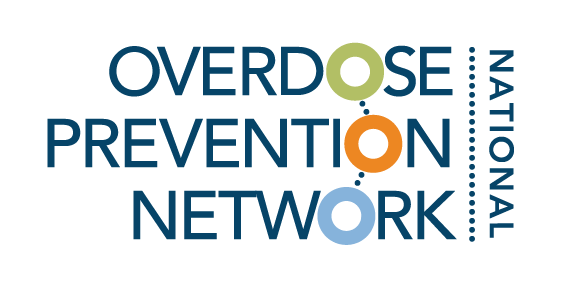
Resource Library
Toolkits, guides, and other resources vetted by experts in overdose prevention.
Filter by category and tags, or search by keyword (ex. COVID-19, harm reduction).
Reducing the Supply of Opioids
As overdose deaths continue to rise, we need to consider one of the biggest contributors to the epidemic: the large opioid supply. What steps can your community take to lower the opioid supply?
Example from the Field: How a Rural County Implemented Harm Reduction Strategies
This video shows an example of a rural coalition that successfully implemented harm reduction strategies.
Fentanyl Test Strips: Your Questions Answered Q & A
This document is a Q & A with Matt Curtis, Harm Reduction Specialist at CDPH. All of this information was covered during the COPN webinar, Fentanyl Test Strips: Your Questions Answered, on Tuesday, April 12, 2022.
With crisis comes opportunity: Unanticipated benefits resulting from pivots to take-home naloxone (THN) programs during the COVID-19 pandemic
This commentary describes how four rural and/or Appalachian communities quickly pivoted their existing THN (take home naloxone) programs to respond to community need.
Treating opioids in jails & prisons: Avoiding Overdose
This video describes the success of integrating strategic partnerships and prevention services into prison systems.
Treating Opioids in Jails & Prisons: MAT Program
This video describes the importance of increasing access to MAT treatment and prevention services in jails.
U.S. Department of Health and Human Services Overdose Prevention Strategy
This issue brief discusses the HHS Overdose Prevention Strategy in greater detail, including the objectives under each priority area, associated activities, and guiding principles.
Seven Types of Rest
This handout from the Spring 2022 COPN convening offers seven ways we can help our brain meet its need to rest and heal, particularly when undergoing toxic stress or burnout.
Self-Care Strategies Guide & Worksheet
This self-care guide allows you and your organization to enhance its trauma-informed care practices through group reflection and discussion.
An assessment of the limits of three devices for drug checking of fentanyl in street-acquired samples
This study examined the validity in identifying the presence of fentanyl of three portable devices that could be used in providing drug checking services and drug supply surveillance.
Find Harm Reduction Resources Near You
This page is an access point to resources that support safer drug use, such as access to naloxone and syringe services.
Why partner with behavioral health?
Brooke Briggance covers why it is critical for people working in substance use to partner with those in the mental and behavioral health fields.
Overdose Response and Linkage To Care: A Roadmap for Health Departments
This roadmap provides local and state health departments with information, resources and tools to implement effective strategies to support linking people who are at risk of opioid overdose to care.
Establishing Peer Support Services for Overdose Response: A Toolkit for Health Departments
This toolkit is for local and state health departments and community partners who are exploring opportunities to implement or enhance peer support services within overdose response and linkage to care initiatives.
California Minor Consent and Confidentiality Laws
The National Center for Youth Law compiled laws of various subjects regarding minors.
Plumas County & Plumas Unified School District Naloxone Policy
This is an example of a local school district naloxone policy. This tool is able to be used as an example of the legal language and codes that are used within California's school system surrounding naloxone use and administration.
Overdose Prevention and Naloxone Policy & Procedures
This is an example of a local overdose prevention response plan and naloxone policy and procedures guide. This tool is able to be used with organizations that are trained and adopt this policy and procedures guide to be prepared in an overdose incident.
Point In Time Survey Example: Empower Watsonville Substance Use Questionnaire
This survey tool is an example of how to anonymously survey and assess youth's experiences with substance use. This point in time survey is being by Empower Watsonville a youth led substance use prevention coalition to help establish a restorative policy for students with substance or found to be intoxicated on school campuses.

















